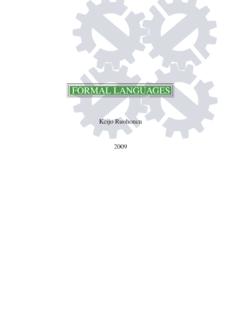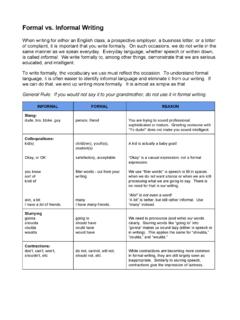Transcription of Unit 4 – Informal Logic/Deductive Reasoning Informal …
1 Trainer/Instructor Notes: Informal logic Informal language Geometry Module 4-1 Unit 4 Informal Logic/Deductive Reasoning Informal language Overview: Participants learn/review some of the language and notation used in Informal logic . Objective: TExES Mathematics Competencies The beginning teacher understands axiomatic systems and their components ( , undefined terms, defined terms, theorems, examples, counterexamples). The beginning teacher uses formal and Informal Reasoning to justify mathematical ideas. The beginning teacher uses appropriate mathematical terminology to express mathematical ideas. Geometry TEKS The student develops an awareness of the structure of a mathematical system, connecting definitions, postulates, logical Reasoning , and theorems.
2 The student determines if the converse of a conditional statement is true or false. Background: Presenter will provide background information for participants. Materials: easel paper, colored markers New terms: argument, biconditional statement, conditional statement, contrapositive statement, converse statement, inverse statement Procedures: This activity introduces terms and mathematical notation that will be used later in this unit. Before participants begin work on the activity, define and apply terms with the example: A logical argument consists of a set of premises and a conclusion. Example: Mr. French is the only calculus teacher.
3 Mr. French, Ms. Anderson, Ms. Allen, and Ms. Short teach pre-calculus. When you write If I take calculus, then Mr. French is my teacher you are writing a conditional statement. I take calculus is the premise and Mr. French is my teacher is the conclusion. To create the converse of a conditional statement, the two parts of the conditional statement are simply interchanged. Trainer/Instructor Notes: Informal logic Informal language Geometry Module 4-2 If Mr. French is my teacher, then I take calculus. Is the converse of a conditional statement always true when the conditional statement is true? Not always, because, in our example, I could take pre-calculus from Mr.
4 French. The negation of a sentence is made by placing the word not in the sentence appropriately. To create the inverse, the two parts of a conditional are negated. If I do not take calculus, then Mr. French is not my teacher. Is the inverse of a conditional statement always true when the conditional statement is true? Not always, because, in our example, Mr. French could be my pre-calculus teacher. To create the contrapositive, the two parts of the conditional are reversed and negated. If Mr. French is not my teacher, then I don t take calculus. Is the contrapositive of a conditional statement always true when the conditional statement is true?
5 Yes, it is true. Remind participants to add the terms argument, conditional statement, converse statement, inverse statement, and contrapositive statement to their glossaries. Have each group work on the activity page. Provide each group with easel paper and markers. After groups complete the activity page, have each group present a different problem to the entire group. Write the given sentences (1 4) as conditional statements. Then find their converses, inverses, and contrapositives. Assuming the conditional statements are true, determine whether each of the converse, inverse, and contrapositive statements is true or false.
6 Give an explanation for each false statement. 1. I use an umbrella when it rains. Conditional: If it rains, then I use an umbrella. Converse: If I use an umbrella, then it rains. Inverse: If it does not rain, then I do not use an umbrella. Contrapositive: If I do not use an umbrella, then it does not rain. The converse is not always true, since I may also use my umbrella on a very sunny day. The inverse is not always true, because if it does not rain, it may be a very sunny day and I may use my umbrella. The contrapositive is true. 2. A rhombus is a quadrilateral with four congruent sides.
7 Conditional: If a quadrilateral is a rhombus, then it has four congruent sides. Trainer/Instructor Notes: Informal logic Informal language Geometry Module 4-3 Converse: If a quadrilateral has four congruent sides, then it is a rhombus. Inverse: If a quadrilateral is not a rhombus, then it does not have four congruent sides. Contrapositive: If a quadrilateral does not have four congruent sides, then it is not a rhombus. The conditional is true. The converse, the inverse, and the contrapositive are true. 3. The sum of the measures of the interior angles of a triangle is 180 . Conditional: If a polygon is a triangle, then the sum of the measures of the interior angles is 180.
8 Converse: If the sum of the measures of the interior angles is 180 , then the polygon is a triangle. Inverse: If a polygon is not a triangle, then the sum of the measures of the interior angles is not 180 . Contrapositive: If the sum of the measures of the interior angles is not 180 , then the polygon is not a triangle. The conditional is true. The converse, the inverse, and the contrapositive are true. 4. Vertical angles are congruent. Conditional: If two angles are vertical angles, then they are congruent. Converse: If two angles are congruent, then they are vertical angles.
9 Inverse: If two angles are not vertical angles, then they are not congruent. Contrapositive: If two angles are not congruent, then they are not vertical angles. The conditional is true. The converse is not always true If an angle is bisected, then the two smaller angles are congruent but not vertical angles. The inverse is not always true. If two right angles are adjacent, then they are not vertical, but they are congruent. The contrapositive is true. 5. Write a real-world example of a conditional statement with a true converse. Possible Answer: My cat and dog always eat together.
10 Conditional: If my cat eats, then my dog eats. Converse: If my dog eats, then my cat eats. 6. Write a real-world example of a conditional statement with a false converse. Possible Answer: Every Mathlete at Lanier Middle School is an 8th-grade student. Conditional: If a Lanier Middle School student is a Mathlete, then he/she is an 8th - grade student. Converse: If a Lanier Middle School student is an 8th-grade student, then he/she is a Mathlete. We do not know that every 8th-grade student is a Mathlete. 7. What conclusions can be made about the truth of the converse, inverse, and contrapositive statements for a given conditional that is true?



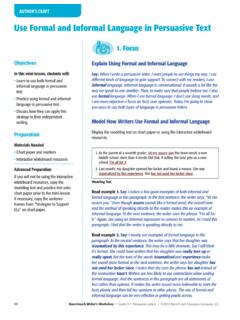
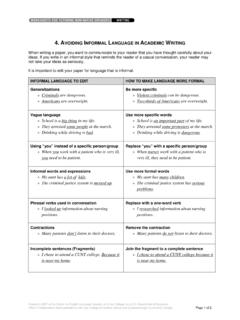
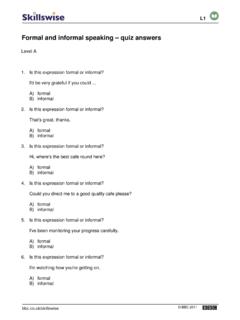
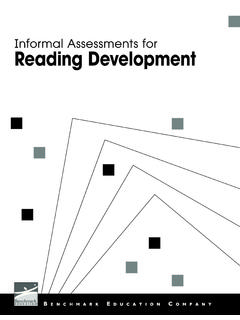
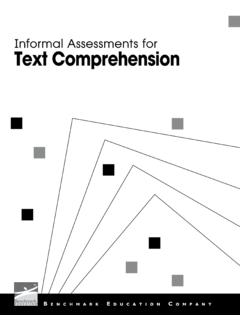
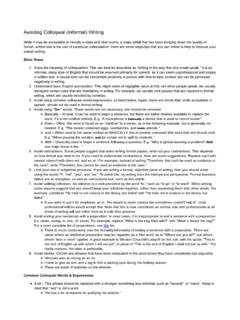
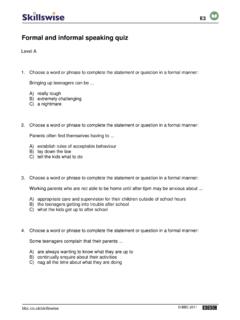
![Formal and Informal Essays[1] - OpenStudy](/cache/preview/5/2/f/9/6/a/b/d/thumb-52f96abd94d259826824a181c6312ef5.jpg)
